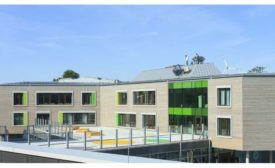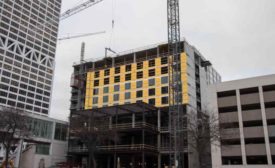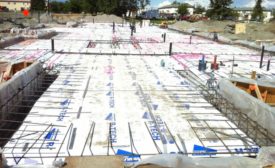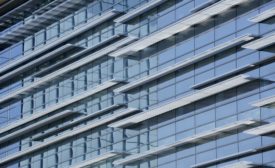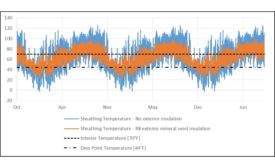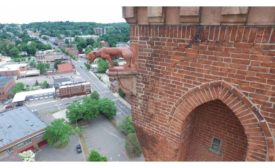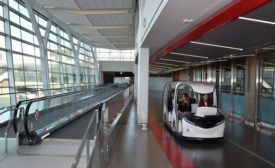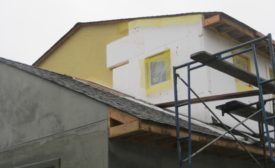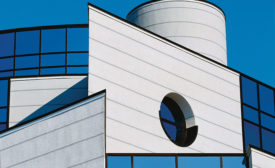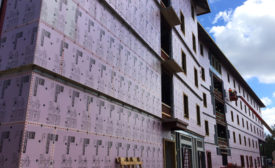Building Envelope
The Path to Zero Net Energy
Making Sense of Rigid Foams for Continuous Insulation
March 6, 2017
Increased Energy Performance Amid Stricter Building Codes
Adapting to Change
January 11, 2017
Get our new eMagazine delivered to your inbox every month.
Stay in the know on the latest building & construction industry trends.
SUBSCRIBE TODAY!Copyright ©2024. All Rights Reserved BNP Media.
Design, CMS, Hosting & Web Development :: ePublishing
